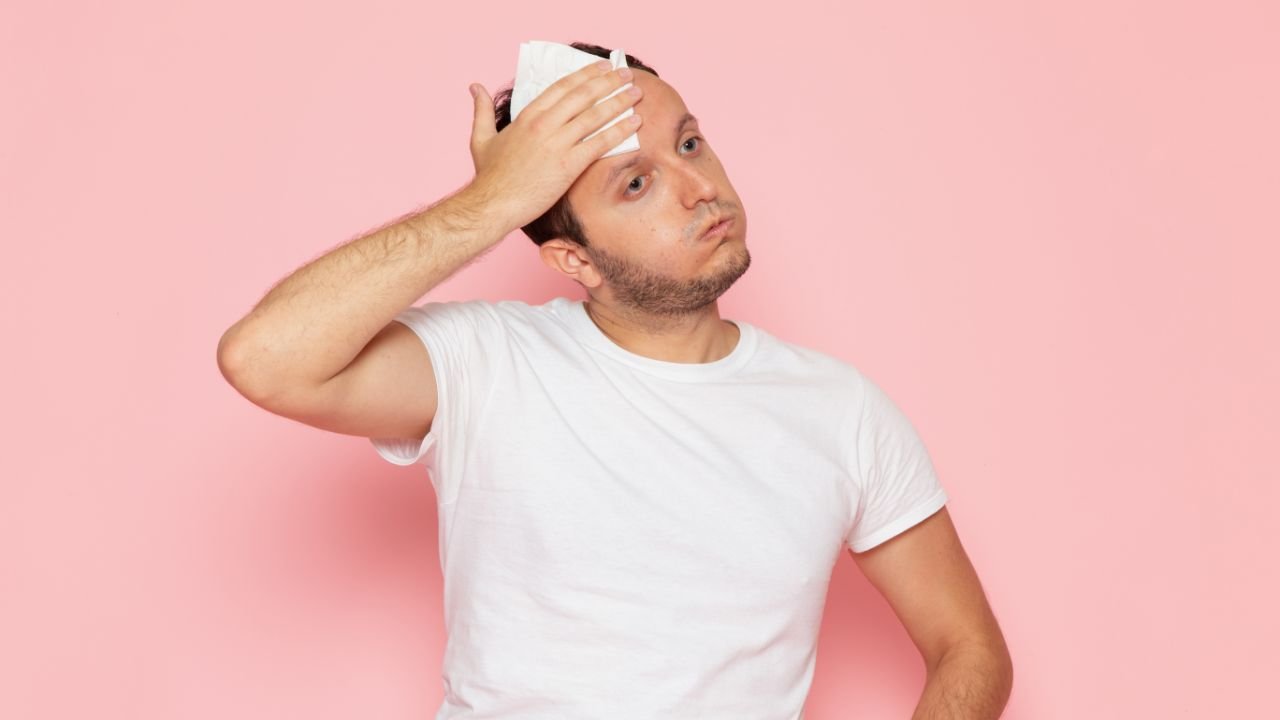Sweating can be helpful in cooling the body down, but sometimes you sweat more than you need to, and it isn’t healthy. Sweating occurs when you are not overheated. Excessive sweating interferes with your daily life, and work can be difficult to control. Here are some of the most common causes of excessive sweating and tips on how to get it under control.
Lack of stretching after training
When you exercise, your muscles heat up and generate toxins that need to expel it. After physical activity, it is essential to stretch so that your body can remove these toxins and restore its equilibrium.
Anxiety
Any number of causes can give rise to sweating when we’re under stress. These include a variety of mental disorders, which lead to increased activity in what is known as our sympathetic nervous system. One of these conditions is a generalized anxiety disorder, or GAD for short: characterized by chronic worrying and tension, GAD leads to excessive sweating in some people. Other mental illnesses that cause excessive sweating include panic attacks and obsessive-compulsive disorder (OCD).
Spicy food
One of the most common culprits for excessive sweating is spicy food. The heat and capsaicin that’s found in peppers can trigger hyperhidrosis, a condition characterized by abnormally excessive sweating. If you suffer from a mild case of excessive sweating due to spicy food, it may improve once your body gets used to eating said spicy food. Take heart: You may not have to sacrifice your love for buffalo wings or Sriracha!
Hyperthyroidism
People with hyperthyroidism have an overactive thyroid gland, which can lead to higher-than-normal levels of sweat production. This is a more common cause of excessive sweating in women than men. More women develop conditions like Graves’ disease and Hashimoto’s hypothyroidism. Both conditions are auto-immune disorders that occur when your immune system starts attacking your thyroid.
Hyperhidrosis
Sometimes excessive sweating is part of a more generalized over-activation of all autonomic functions, which can be diagnosed as hyperhidrosis. Hyperhidrosis is defined as excessive sweating affecting at least two body regions, which appears with emotional stress or physical exercise and disappears when one cools down. In many cases (though not all), hyperhidrosis seems to run in families. Onset after puberty or after menopause suggests a possible origin from hormones.
Menopause
One of the most common reasons for excessive sweating is menopause. During menopause, a woman’s body goes through many hormonal changes to increase perspiration. In addition to hot flashes, women undergoing menopause often experience excessive sweating on their face, back, and chest due to stress’s perspiration. While these changes are normal as women age, they can still be uncomfortable or embarrassing when they interfere with your daily activities.
New drug
Researchers have discovered a new drug that limits sweating and helps to restore normal sweating when it is excessive. The drug (pantoprazole) has been tested successfully on animals; human trials are set to start soon. This discovery could prove to be an important step forward in treating people with a condition called hyperhidrosis—excessive sweating. Other treatments for hyperhidrosis include injections, botox or iontophoresis, but these procedures require doctors’ visits and multiple sessions over time.
Other diseases
There can be several underlying causes for sweaty hands and feet. Still, it’s important to keep in mind that there are also more serious medical conditions that can cause excessive sweating: these include thyroid disorders, menopause, hyperthyroidism, hypothyroidism, polycystic ovary syndrome (PCOS), diabetes, and Raynaud’s phenomenon.
